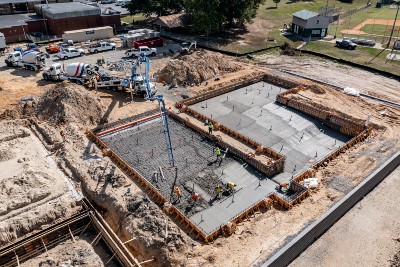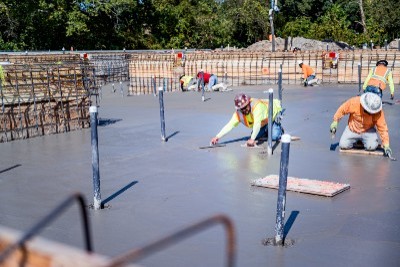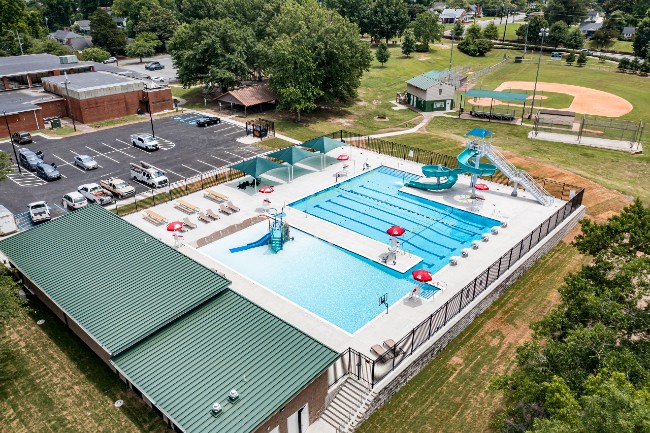Problem:
The lifespan of an outdoor pool averages between 30 and 50 years, while indoor pools can last 50 to more than 100 years. Pools constructed before the 1980s are now reaching the end of their functional lives, where repair costs surpass replacement costs. This poses a significant challenge for communities relying on aging aquatic facilities. Furthermore, the cost of constructing new pools has been rising sharply, influenced by factors such as increasing cost of concrete, piping, fiberglass, premiums of subcontractors and cost of living. How can communities effectively prepare for these financial and logistical challenges?
Solution:
The key to addressing this issue lies in comprehensive planning and realistic budgeting. First, it’s essential to understand the evolving trends and needs in aquatic facility design. Modern pools are no longer just about lap lanes and diving boards; they must cater to diverse user groups, including recreational swimmers, instructional programs, competitive athletes, and wellness or therapy users. This diversity has led to design features such as zero-depth entry areas for easy access, separate bodies of water for different temperature needs, and inclusive facilities that accommodate all ages and abilities.

To prepare for the future, communities should gather detailed data and projections. Analysis of recent industry trends over the past 10 years, from 2015 to 2024, reveals substantial cost increases. The average cost of constructing a pool in 2024 is estimated at approximately $488 per square foot, a 90% increase over the past decade. Projections suggest that this cost could rise to around $772 per square foot in the next 10 years.
Given these projections, communities must adopt a forward-thinking approach. This includes planning well in advance and setting realistic budgets that account for future cost increases. Feasibility studies, securing funding, obtaining permits, and navigating design and construction phases all require significant time and effort.
Communities should also consider the timing of acquiring funding with the timing of the start of construction and account for escalation that will occur during that gap. By anticipating these steps and understanding long-term cost trajectories, communities can make informed decisions that ensure the sustainability of their aquatic facilities.
Rather than viewing new pool construction as prohibitively expensive, communities should recognize it as a valuable investment. By planning strategically and preparing for future financial requirements, they can create modern, inclusive and sustainable aquatic oases that will serve their residents for decades to come.


Greenville Aquatic Center, NC Under Construction
Article by Lance Timmons and Jonathan Nies
For More Information:
Counsilman-Hunsaker
314-894-1245
counsilmanhunsaker.com
Photos courtesy of Counsilman-Hunsaker



